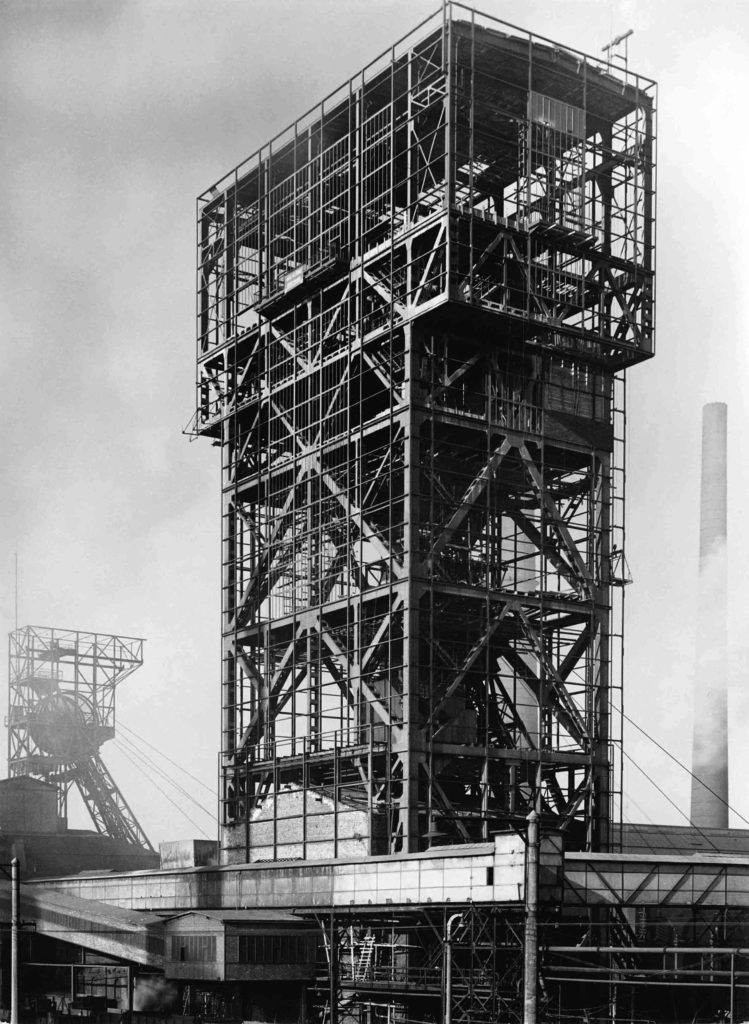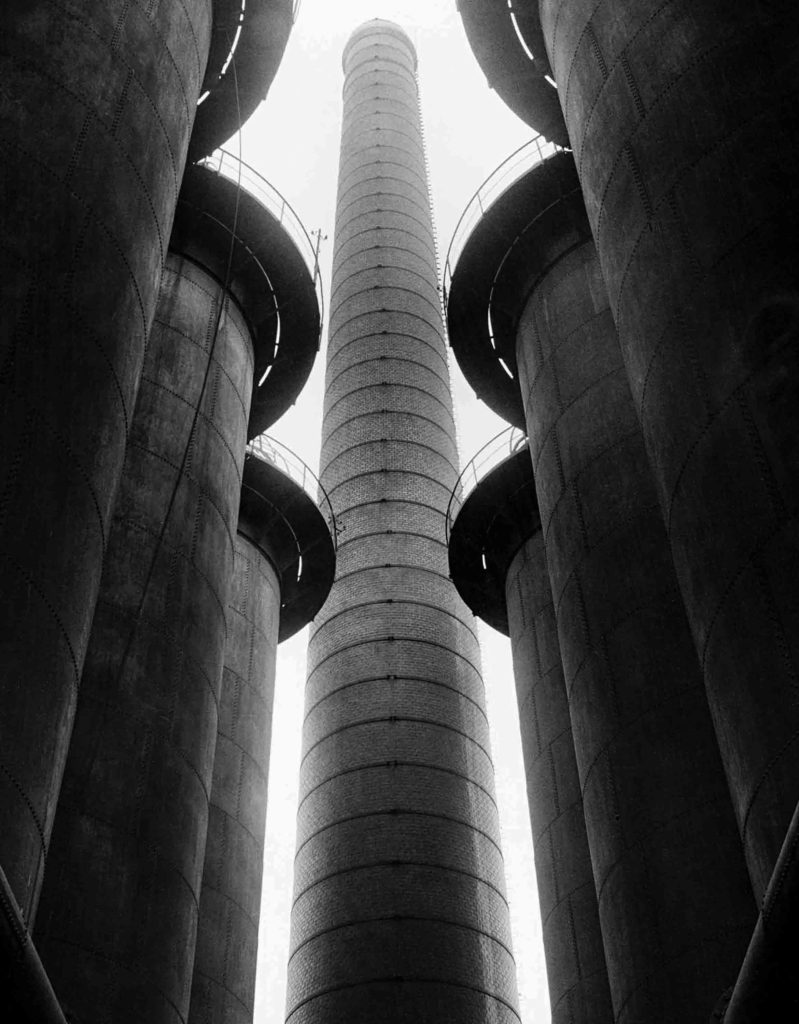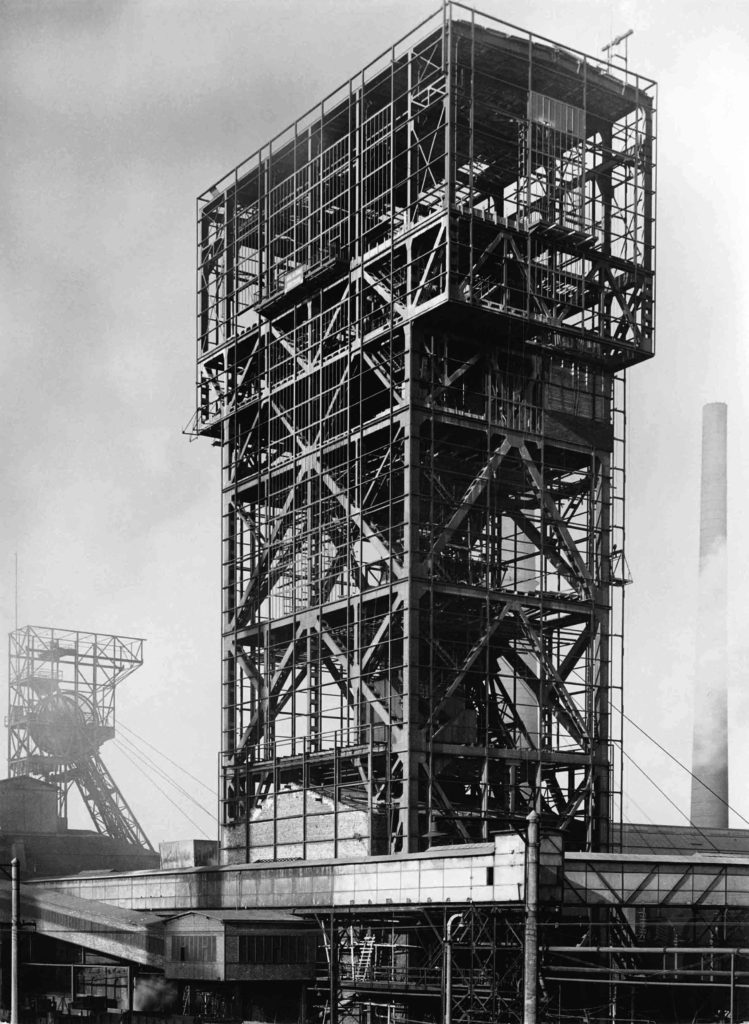Albert Renger-Patzsch, a German photographer born in 1897, appropriated the New Objectivity movement, which occurred during the 1920s, using his photography skills to produce many infamous post-expressionist photographs. With creating these images, he viewed how he used his camera as a faithful recording of the world. Using these photos, he released his book containing one hundred images of industrial subjects, natural forms and mass produced objects. With this movement of New Objectivity came many artists, including people such as George Grosz, Otto Dix, Max Beckmann, and many more. These artist however mainly focused on abstract or conceptual portraits of ordinary people, as opposed to Patzsch who focused on buildings or objects. Photographers operating in similar styles as Patzsch, in the New Objectivity movement, include Karl Blossfeldt and Aenne Biermann. These artists and photographers snubbed the art forms of expressionists and romantic idealism, and instead took photos of the more dull realities of the world. Patzsch did this by taking images of mundane objects and architecture, often looking for repetition and bold lines.
Image Analysis

This black and white photograph taken by Patzsch showcases an industrial subject including many leading lines, created by the bridges in between each building. These bridges lead your eye across and around the image whilst also creating a geometric photograph. The tone of this piece is quite light, due to the white overcast sky and the lack of many harsh shadows. In addition, the light grey sky strongly contrasts with the sharp lines of the dark building. Patzsch has framed this image to foreground one of the bridges, located in the center, as the focal point.
Furthermore, you can see that the lighting of this photo is natural as Patzsch took this image outside, this is also signified by the natural shadows cast on the side of the building. This image was taken with most likely a fast shutter speed as it is clear and not blurry, however due to the time period we can say that the image was taken on film, which is the cause for the slight grain on the photo.
Moreover, Patzsch took this photo of this building in particular as part of the New Objectivity movement. This building was chosen to allow no room for any romantic idealism, and to simply display ordinary every day life for what it truly is. Giving commonplace architecture recognition and a place in the arts.

In addition, this other photograph from Patzsch’s series The World is beautiful is similar to the previous image, in the sense that they both share the quality of sharp directional lines. This again results in a geometric image, with this dark structure as the focal point contrasting with the light foggy background.
However, this image also differs from the previous photograph, due to the fact that in this piece you are able to see other structures in the background, as well as the foreground, although in the first image Patzsch has only allowed for one building in the frame.






